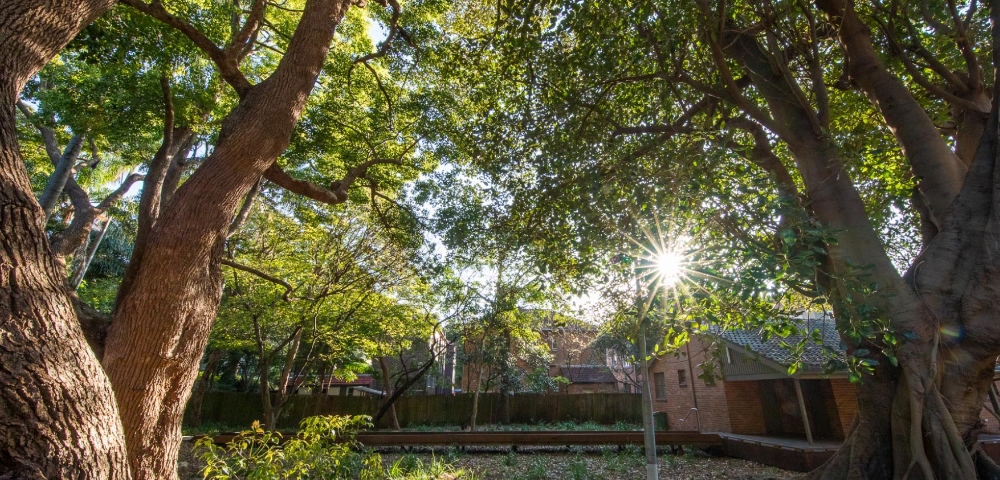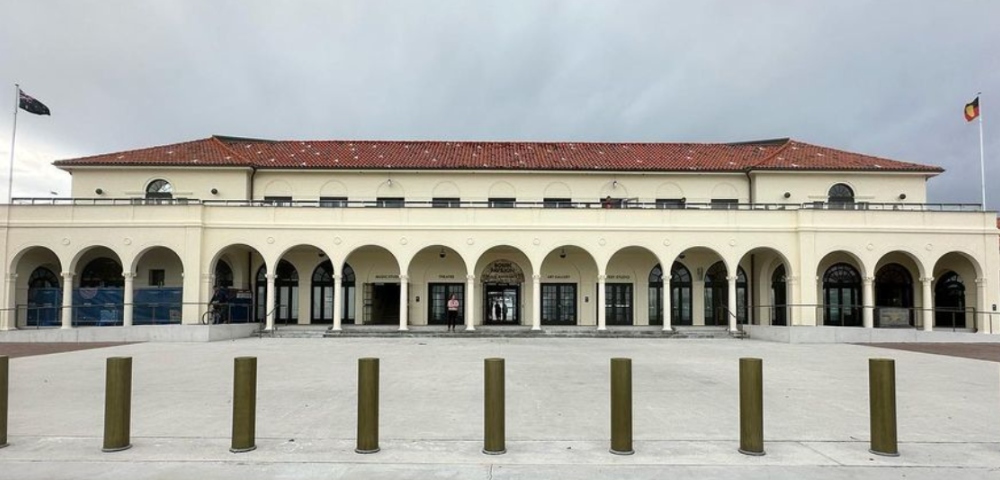
Paddington local hero: Will Mrongovius

BY IRINA DUNN
As President of the Paddington Society and Convenor of the Paddington-Darlinghurst Community Working Group, Will Mrongovius is kept very busy.
The Paddington Society is concerned with “heritage, and the built from and the amenity of Paddington, so it’s everything, it’s the urban landscape, it’s all of it,” Mrongovius explains.
The community working group, which has been around for 30 years, is a loose group of residents with no constitution, no regular meetings, and nearly all its work done my email. It was formed to fight the huge amount of traffic that flowed through Paddington streets.”
Like many other suburbs, Paddington has been feeling the pinch from the State Government’s grab for power over local planning controls.
“We are concerned about the huge changes the NSW Government has implemented over the last eight years to deny community and council involvement in planning matters. And they’ve done that systematically,” Mrongovius says.
Private certifiers
Mrongovius notes that there have been three particular legislative changes which have wrested power away from local councils.
The first step was the private certifiers, which Mrongovius says goes back to the Labor, who brought them in at the behest of the developers, ostensibly to speed up the process.
Previously, when residents or businesses lodged a DA, it had to be approved and certified by the councillors. Now this function has been privatised, and the applicant can appoint a certifier who knows nothing at all about, for example, Paddington’s heritage values. The interest of the certifier is to get the job through as quickly as possible for the client.
“Private certification is a joke,” Mrongovius says. “It leads to poor compliance, a conflict of interest, and bad outcomes. This is an abdication of responsibility by governments.”
He adds that councils “own” the consent process and bear the consequences, yet they have no control over Private Certifiers.
Mrongovius notes that last year, the State government brought in complying development certificates, which don’t have to be advertised, they just get approved because it’s within the guidelines.
The city of Sydney has DCPs (Development Control Plans) which provide for some flexibility. For example, if the DCP says you can’t exceed something that is supposed to be three metres high, it’s not a hard and fast rule, it’s a guideline.
Now the State Government brought in a rule that said, in the City of Sydney, the guidelines can be exceeded by up to 25%, whereas in other councils they can only be exceeded by 10%.
A more recent action by the State Government was the introduction of planning panels which were promoted by the State Government as being more efficient and less time-consuming. Controversial developments would be referred to an independent planning panel, but as Mrongovius says, the panel is not that independent because the members are appointed by the government, and although councils can pick one or two members they don’t have the majority vote.
“Once again, responsibility has been taken away from councils for planning approvals on DAs,” he says. “But the worst thing about this one is that the councillors you elect have no say in the planning controls any longer.”
Previously, if there were objections to a DA, it would go to a council meeting and the applicant could go and talk directly to the councillors about his or her DA.
According to the new State Government laws, you now need 25 objections to a DA within the City of Sydney LGA, and the objections have to be unique. So if you have a petition of 10,000 signatures, it will be counted as one objection.
The State Government is targeting the City of Sydney especially, because it wants fewer delays in development approvals.
Developers prefer South Paddington
Paddington is covered by two councils, Woollahra and the City of Sydney. The boundary is right down the middle of Oxford Street.
Mrongovius says, “If you look at both sides of Oxford Street you will see that they are slowly growing apart. It’s not one suburb any longer. In the Woollahra area you won’t have all the dormer windows and “eyelid” windows and attics, and you’ll get bigger extensions at the rear of residences in south Paddington, and if you’re a developer you’d rather buy in south Paddington rather than north Paddington.”
“Quite simply, the State Government does not want proper process by residents and ratepayers. So what you’ve got is a very deliberate plan to reduce the input and effectiveness of community consultation.”
“There has been very well coordinated structured change in the whole legislative framework by the NSW Government to ease the path of developers and to minimise community involvement in development.”









